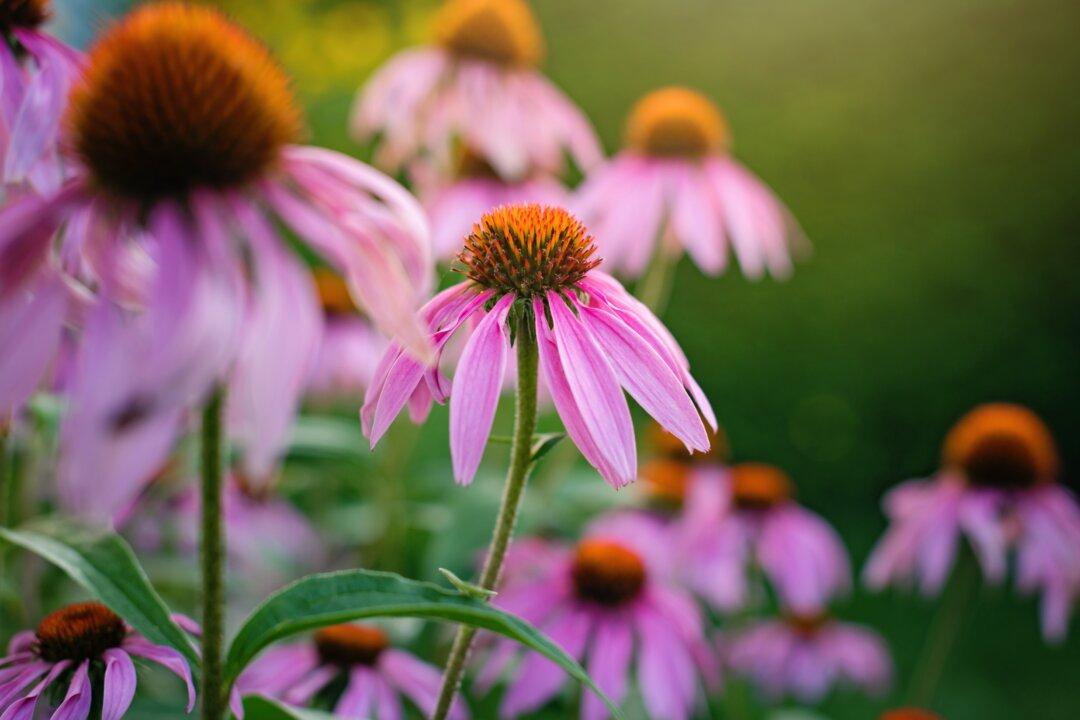Gardening doesn’t have to be a hobby reserved only for the retired. If you find yourself busier than usual with work, it doesn’t mean you should throw your gardening gloves away and give up gardening for good. There are so many plants out there that do just fine with minimal care and maintenance, making it as easy as ever for anyone to start growing!
No matter if you’re a student, a busy parent, or work full-time—anyone can grow beautiful plants. Perennial plants are best for busy people and are relatively simple to manage and grow, requiring little interference apart from benefiting from an annual fertilizer and some watering here and there. Most of the plants in this list are drought-tolerant and can withstand many extreme factors, like heat—resulting in easy to care for plants that will provide your yard with year-long blooms and colors.





